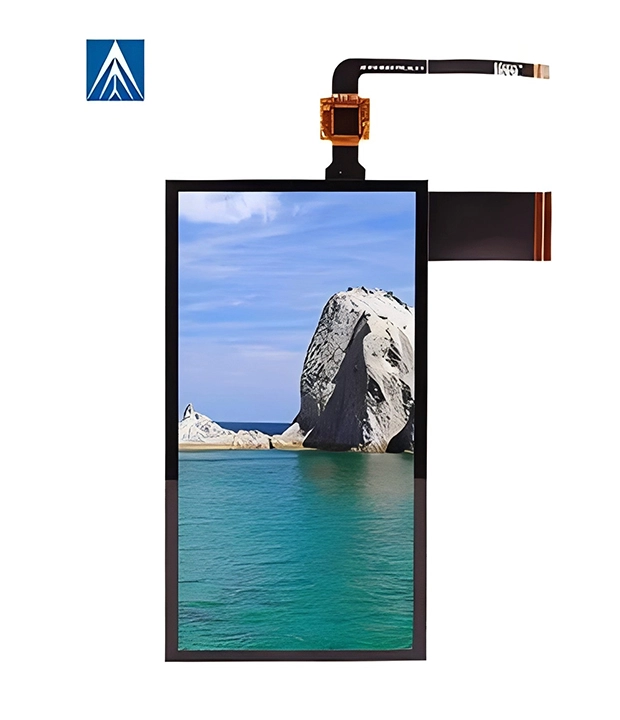For example, assume the display is a 12:00 (topview) type. When the display is viewed from 25 degrees above the vertical, it will be at its maximum contrast and best look. If the viewer moves their eyes further above the display by an additional 30 degrees, they will see a contrast reduction, but the display will still be readable. Moving the view position any further above the display will reduce the contrast to an unacceptable degree.
Adjusting the contrast voltage, VL, effects the Bias Angle to some extent, but not the View Angle. A top view 12:00 display can be optimized for a bottom view 6:00 viewing position by adjusting the contrast voltage. A 12:00 display set for a 6:00 viewing position will not have as great a contrast as a 6:00 display set for 6:00 viewing position and vice versa.
Generally, normal displays are optimized for straight-on viewing. Either a 6:00 or 12:00 module may be used and the contrast voltage can be adjusted slightly to optimize the display for that viewing position. In the above example, the viewing angles of both 6:00 and 12:00 modules actually overlap the perpendicular (or straight on) viewing position.
When the view position is established, the contrast setting can then be determined. This is done during product development on the prototyping units. Generally, a 10K ohm potentiometer is then connected between VDD and VSS in a single supply module, or from VDD to the negative rail in a dual supply module. The wiper of the pot is connected to the VL input of the module. (See Fig.2 ) The LCD is positioned at the nominal viewing position and the pot is adjusted to obtain the desired LCD appearance. The voltage on the VL pin is now measured and a pair of resistors are chosen to produce this voltage in the production units.
Most electronic products have a preferred view position. For a device that sits on a desk, such as a calculator, the display is usually viewed from below 6:00. So for this types of products you can easily select a TN display. It's cheap in price and use less power.
This is also true for most handheld instruments.
For a Liquid Crystal Display mounted in a dashboard of an automobile or airplane, a 12:00 module is suggested. Hence, you should consider using an IPS display. This types of display use a little bit power than TN and the price is a little bit high. But the quality speaks for itself.
We, Shenzhen tianzhengda, can help you select the best display for your product whereas it's TN or IPS or you don't have any idea what to use.
We can help you to select the best as per your requirement and can provide the best product in the market. Our products are hugely trusted by big names like Honeywell, Verifone, Longwood, TOPBAND, VIOMi and other big brands around the world.
Please let us know your requirements, and we will get back to you with the best and latest solution for your project. Our LCDs are using various sector like financial POS system, Home appliance, PDA, Automotive display, Medical instruments display, Military industry and IOT, industrial sector and many more. Get in touch with us at betty@lcdstar.com
We are ready to answer your any questions related to LCD and are ready to work together with your next project whereas it's a 2.4 inch TN display project or a 10.1 Inch medical display project.

